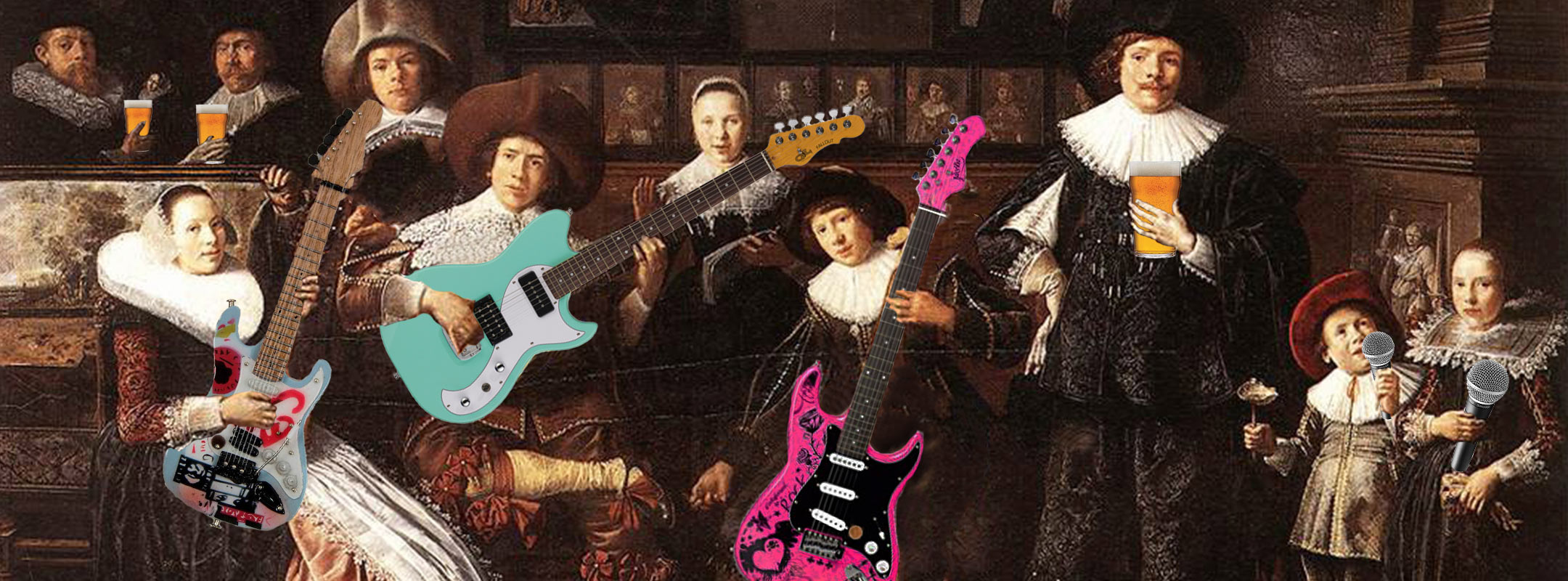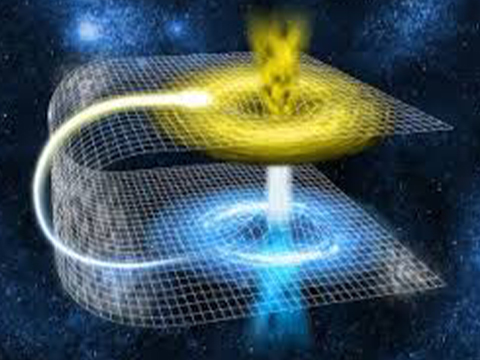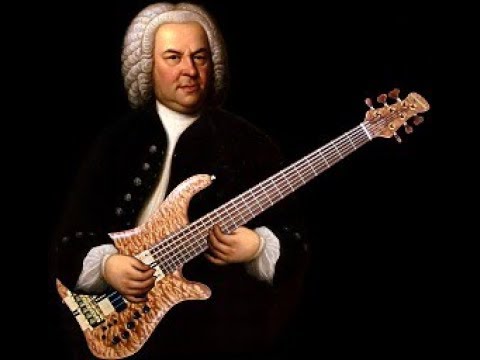
Orchestra Assistant & Music Librarian
This week would ordinarily have been ‘Baroque Week’ here at Southbank Sinfonia. Sadly, as you can imagine, our live events won’t be going ahead as scheduled this week, but it does give me a good excuse to delve into an academic speciality of mine – punk music. You’re probably thinking, “how on earth does the subculture of punk rock relate to baroque music!?”. Well, let’s go to space and create a wormhole between those two points in time and string them together to discover that they are more alike than you might think...

A wormhole reference for all you sci-fi fans
For starters, what exactly is baroque music, and what is punk music? Baroque music first appeared around the 1600s, flaunting its love for the harpsichord and figured bass, and was embraced by the likes of Handel, Purcell, Montiverdi, Vivaldi, and Bach. This era sprouted leagues of exciting new musical forms such as opera, sonatas, and concertos.
Antonio Vivaldi's Violin Concerto: those baroque composers could rock out too
Punk music blossomed throughout the 1970s, throwing its fists in the air for everything anti-authoritarianism and anti-establishment with a dash of anarchy thrown in for good measure. You may recognise some of the names that gave punk its powerhouse status: Sex Pistols, The Ramones, Black Flag, The Dead Kennedys, The Buzzcocks, New York Dolls, and The Clash (although mainly their early stuff).
A classic track from the punk era, Rise Above by Black Flag
What you may not know is that both names given to these musical movements were derived from derogatory connotations of the time. ‘Punk’ was intended to be a name to shame, branding the movement as a bunch of misfits, non-conformists, and trouble-makers. For example, “Hey, you rotten punk!” The word ‘baroque’ derived from the Portuguese word barroco meaning ‘uneven and oddly shaped pearl’. Clearly not the proudest of titles, but it seemed fitting for to the nineteenth-century critics who labelled the era after they decided baroque music was excessively ornamented and a bit OTT. In their times both genres were considered to be eccentric, unorthodox and gutsy. Get it? Gut strings?

Here's a snapshot of Bach himself playing his beloved Ibanez six-string bass
In both instances, the intention was to move away from the previous mainstream music in terms of musical ideology. For baroque it was an aim to escape from the old strict style of the Renaissance, and for punk it was to be a feisty alternative to the easy listening disco pop and sickly 4-chord love songs of the Hippie movement.
The philosophy founded in baroque was that music could be used for more than just entertainment purposes. Music suddenly had a way of being an emotive tool (who knew?!) and baroque composers purposely wrote to imitate human emotion through tonality and contrast. It became an interpretive art, similar to how punk intended to be consumed. The musicians play it how they want to, and they don’t tell you (the listener) how they want you to interpret it, that’s for YOU to decide! With that freedom in baroque music, you can hear the same piece many times, but it is likely to sound different depending on the individual playing it, and can invoke a wide variety of emotions. By contrast, punk music tends to rouse a different kind of raucous emotion in its players and listeners.
So there you have it! A little taster into how two musical eras, which seemed so far from each other, actually have more in common than you think! Here’s a little throwback to the glory days of YouTube - Pachelbel’s Canon in D arranged by Jerry C to create the masterpiece that is ‘Canon Rock’.
Find out more about Crystal here.